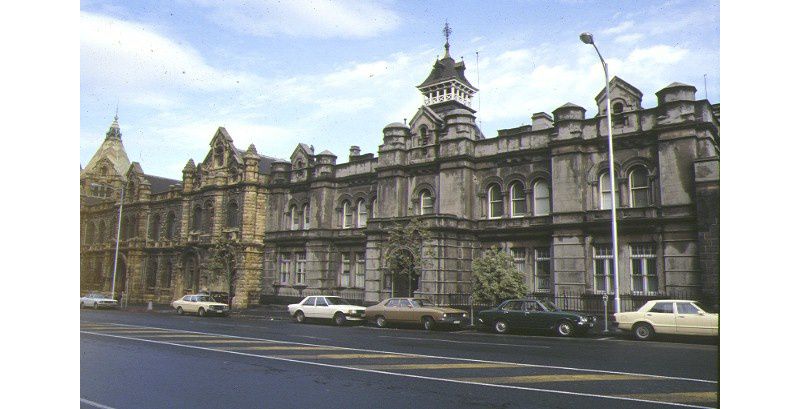
RMIT's historical buildings
Our Melbourne City campus has grown to include several historic buildings since the establishment of the Working Men’s College in 1887.
Our Melbourne City campus has grown to include several historic buildings since the establishment of the Working Men’s College in 1887.
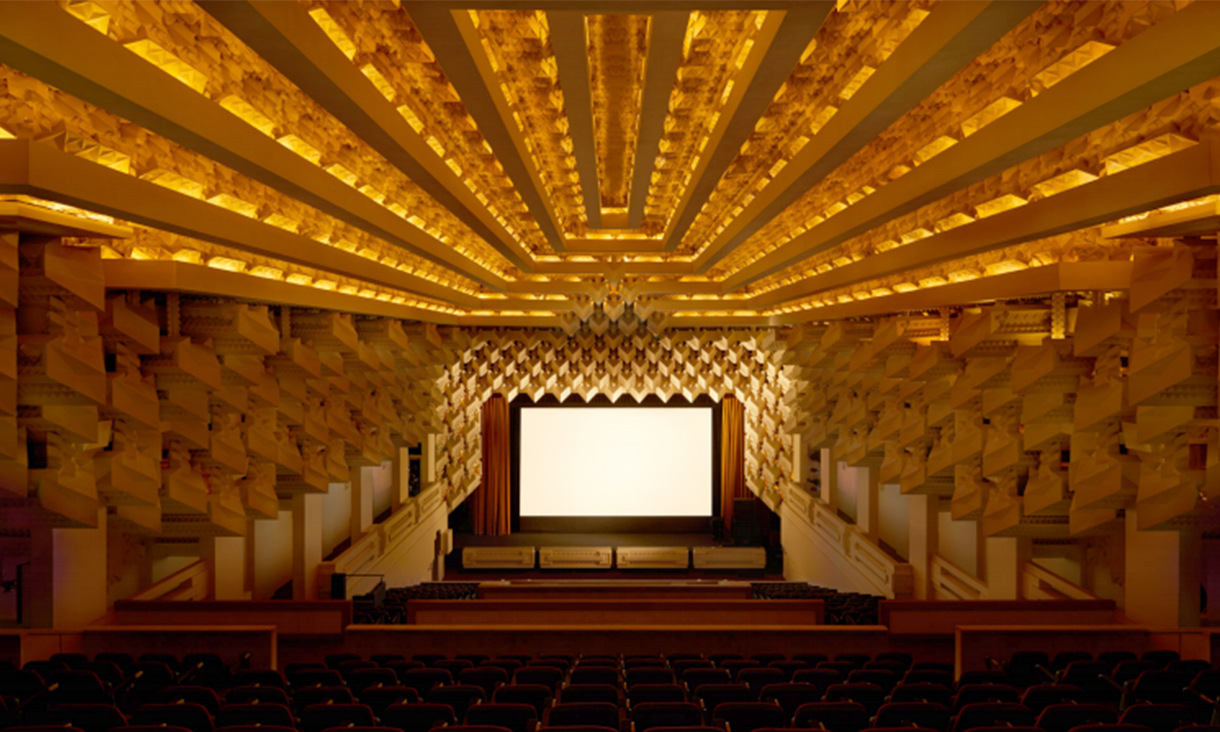
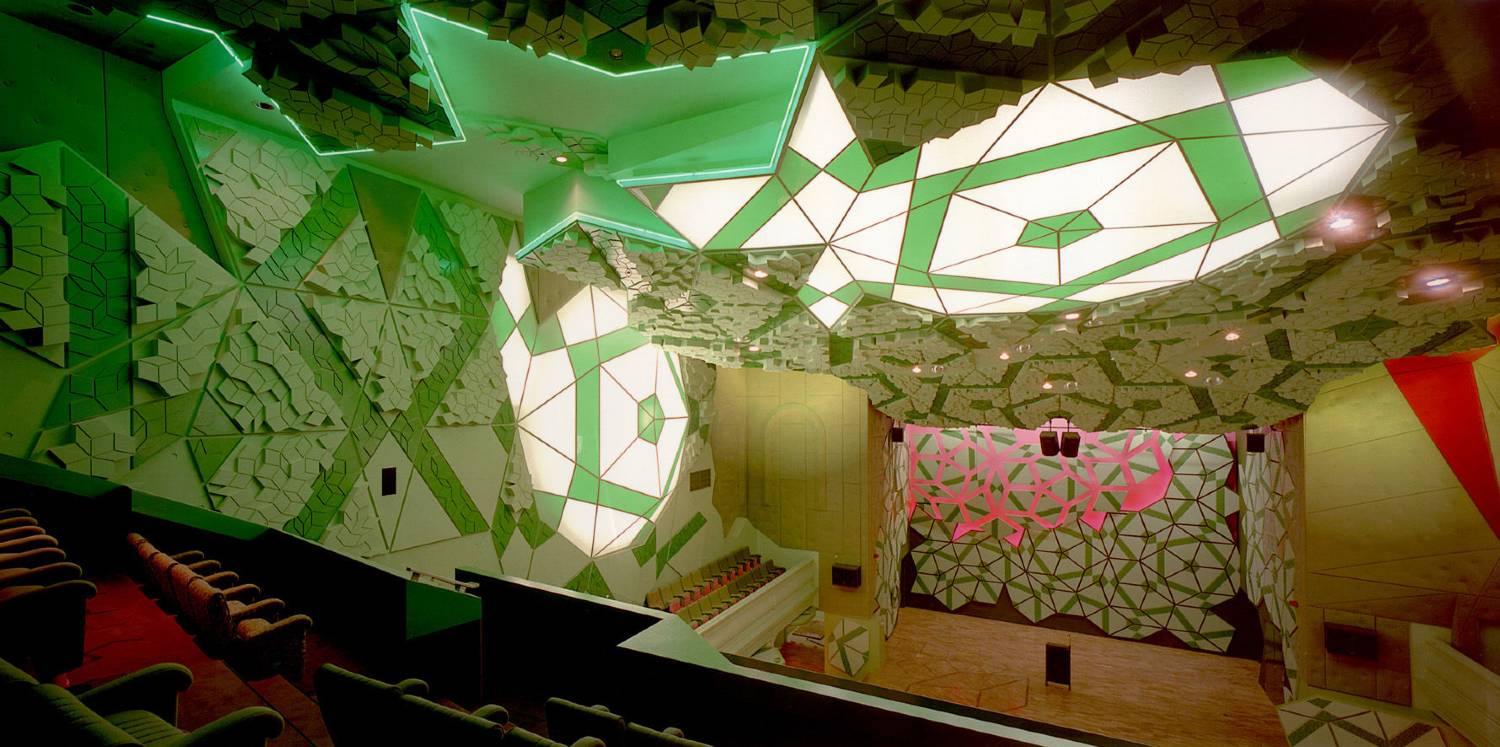
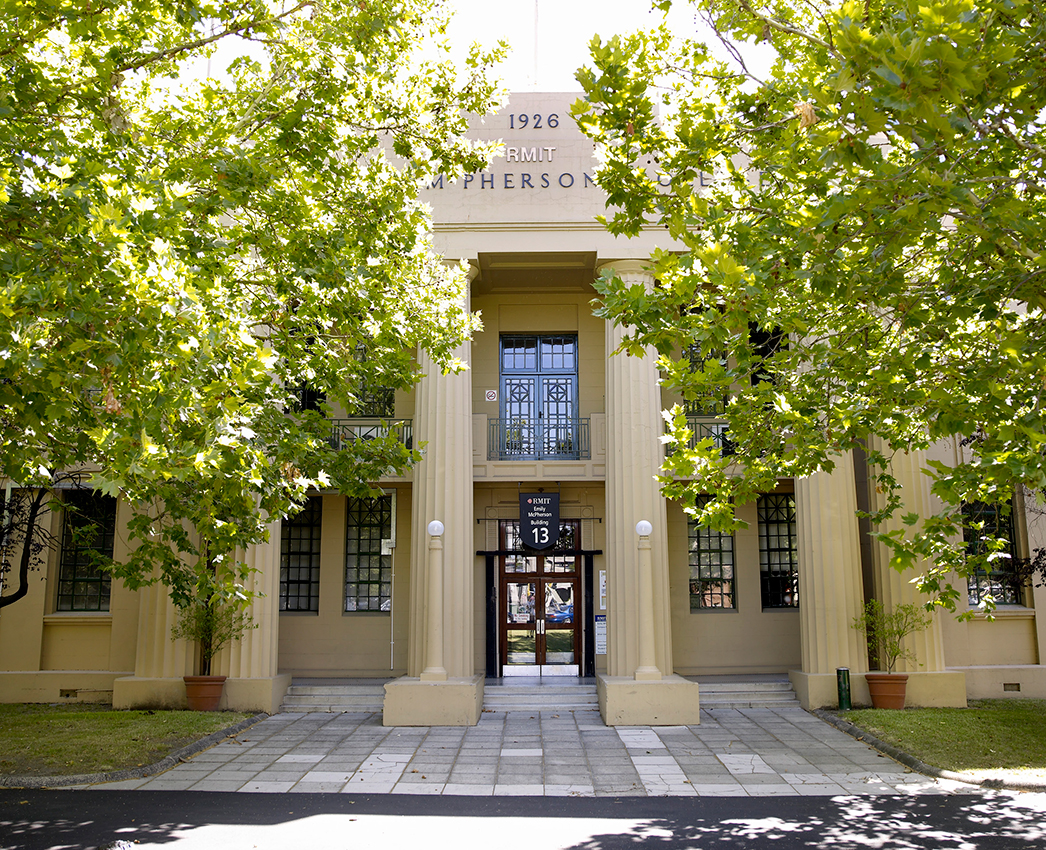
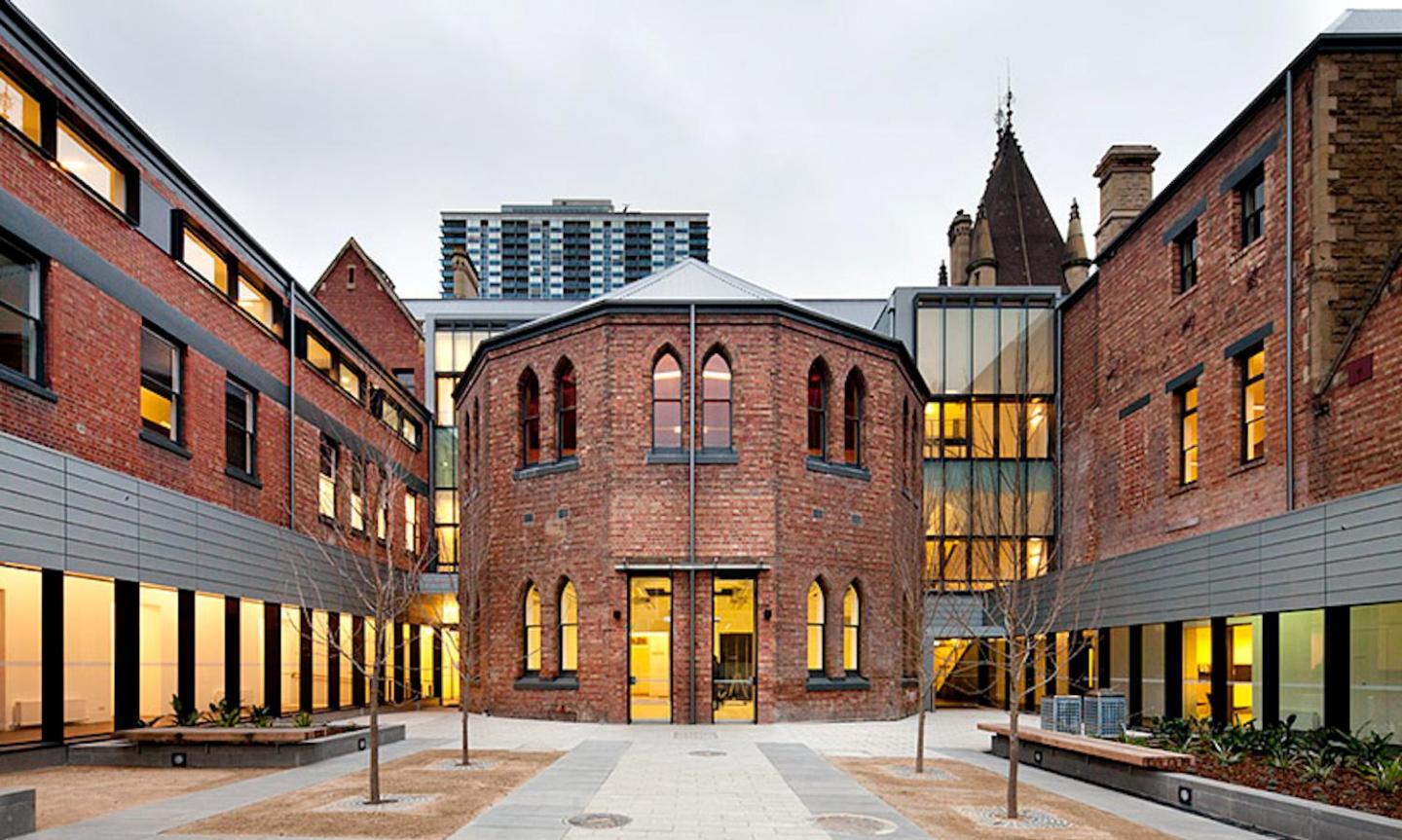
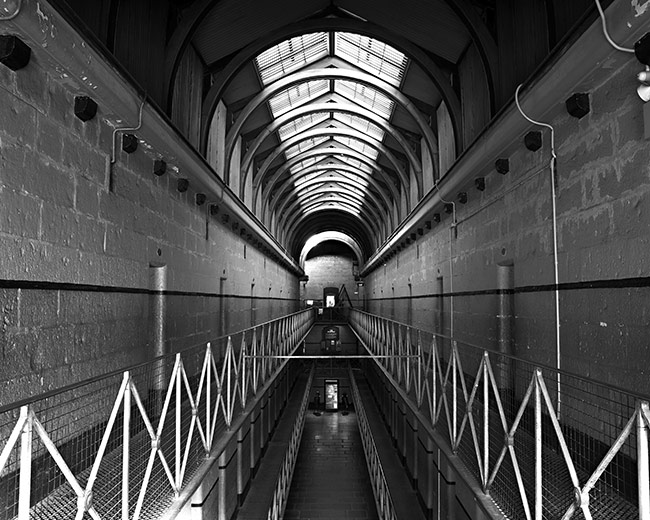
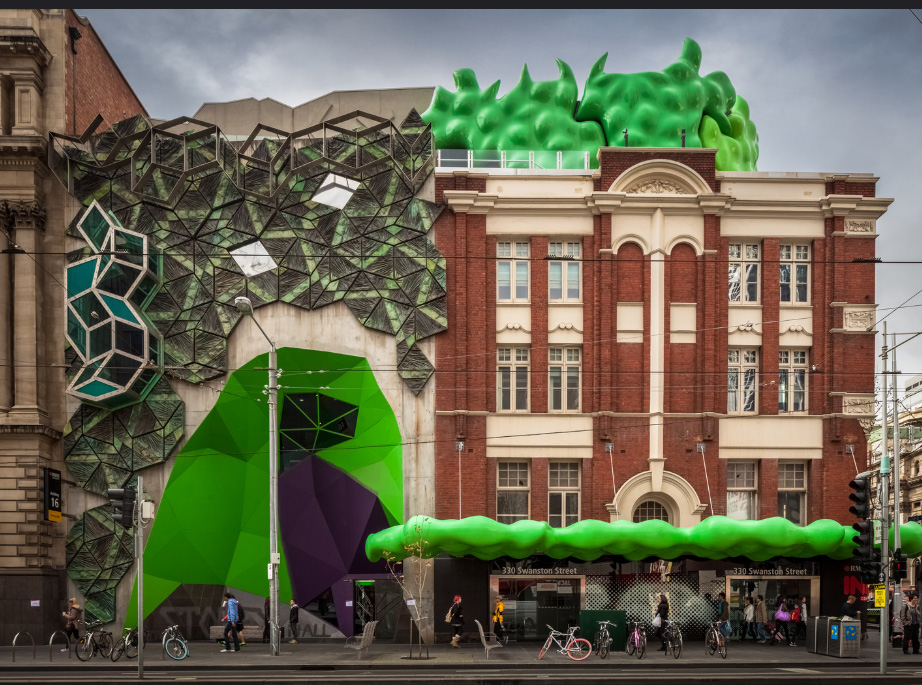
%20(1).jpg)
